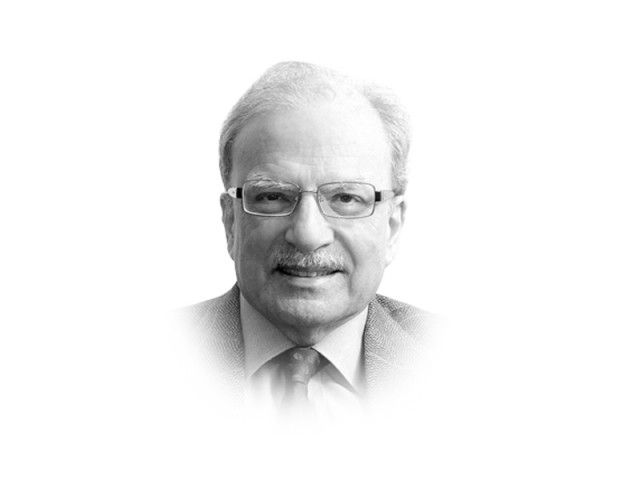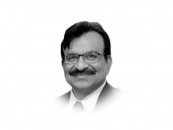Trump and Obama’s Asia pivot
Donald Trump is succeeding a man with deep knowledge and interest in the Asian continent

The writer is a former caretaker finance minister and served as vice-president at the World Bank
Obama would have liked to leave the “Asia pivot” as an important legacy of his presidency. This was to shift his country’s attention away from Europe and the Middle East and to move it towards Asia. While Europe had settled down, the Obama years saw the Middle East plunge into chaos. The president was not inclined to support the authoritarian regimes in the area. But demographic change and the rapid development of information and communication technologies brought the restive youth in the area into the political picture. The region’s populations are very young but the youth feel excluded from both political and economic systems. The US could benefit by associating itself with the rapidly growing economies in the region. Obama did not view China’s rapid economic rise – the country’s gross domestic product had increased 32 times since it opened its economy to the outside world beginning in 1980 – as a problem. He saw it as an opportunity. During his first visit to the continent, he chose Beijing as his main destination but stopped in Tokyo on his way to the Chinese capital. There at Tokyo’s Suntory Hall he made it clear that he will seek to work closely with China to guide the global economy. He proposed a kind of G2 arrangement in which the US and China will work together to lead the global economy. However, for the cautious President Hu Jintao who then led China, this was not the kind of limelight his country was looking for. Beijing still had work to do to reshape the domestic economy.
Thus thwarted, Obama moved from cooperation to containment as the way for dealing with China’s growing influence in the Asian continent. He wooed several neighbours of China to partner with his country. The group included India. When the elections in that country brought Narendra Modi to power as prime minister, a special bond developed between the two leaders. Obama was attracted to Modi in particular because of the latter’s commitment to deal with climate change. Climate and Asia had become two Obama priorities and India was helpful in both.
Trade was to be the primary lever for Asia pivot. Looking at the continent’s growing presence in international commerce, Obama launched the effort to create the Trans Pacific Partnership, an arrangement that would have brought together 12 nations on either side of the Pacific to agree on the framework within which trade among them would take place. Tariff reductions would not be at the centre of this initiative; the TPP would focus instead on the regulations that would manage flows among these countries.
Donald Trump won the election in part by opposing trade arrangements. His emphasis on deal-making as a way of conducting public policy meant that spelling out strategic interests would not be the focus of his administration’s attention. This meant doing away with Asia pivot and the TPP as the frameworks within which the US was to operate. Instead deals will be struck with Taiwan, for instance, and with Pakistan as well. He called Tsai Ing-wen, the president of the former country, breaking with four-decades of “one China” policy Washington had adopted in its dealings with Beijing. Articulated by Presidents Richard Nixon and Jimmy Carter, this meant recognition of Beijing’s claim that Taiwan was not an independent country but a part of China.
China’s reaction of the call to the call was predictable; it showed displeasure. However, the appointment of Terry Branstad, Governor of Iowa as ambassador to China was well received by Beijing. He had developed good relations with China’s president Xi Jinping.
While Washington’s China policy during the Trump presidency will influence the way the new president will work with Asia, it is unlikely that he will articulate an overall strategy for his country’s relations with the continent. Individual transactions and deal-making will remain the central planks in the policy structure.
Published in The Express Tribune, December 12th, 2016.
Like Opinion & Editorial on Facebook, follow @ETOpEd on Twitter to receive all updates on all our daily pieces.

















COMMENTS
Comments are moderated and generally will be posted if they are on-topic and not abusive.
For more information, please see our Comments FAQ